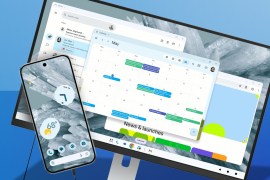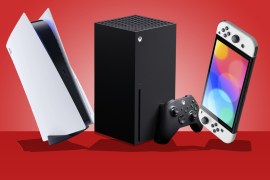The greatest gadgets from all 300 issues of Stuff magazine!
The highlights of 300 issues in the life of the world’s finest gadget magazine (and website)

You might not know that this website has a print version of it – yes we still do that every month. And we recently published its 300th issue. To celebrate, we thought it would be an ace idea to gather together the greatest gadgets since Stuff magazine was first around way back in 1996.
We’ve seen things you people wouldn’t believe – except that you would, because you probably saw most of them too. So while the memories of a dying replicant might be lost in time like tears in rain, some things are destined to live on forever. And that starts with this commemorative feature…
1996-1999
The rise of the internet. The threat of Y2K. The only things that could have made tech more scary were real Terminators. Luckily, we got a robot dog and some fantastic videogames instead…
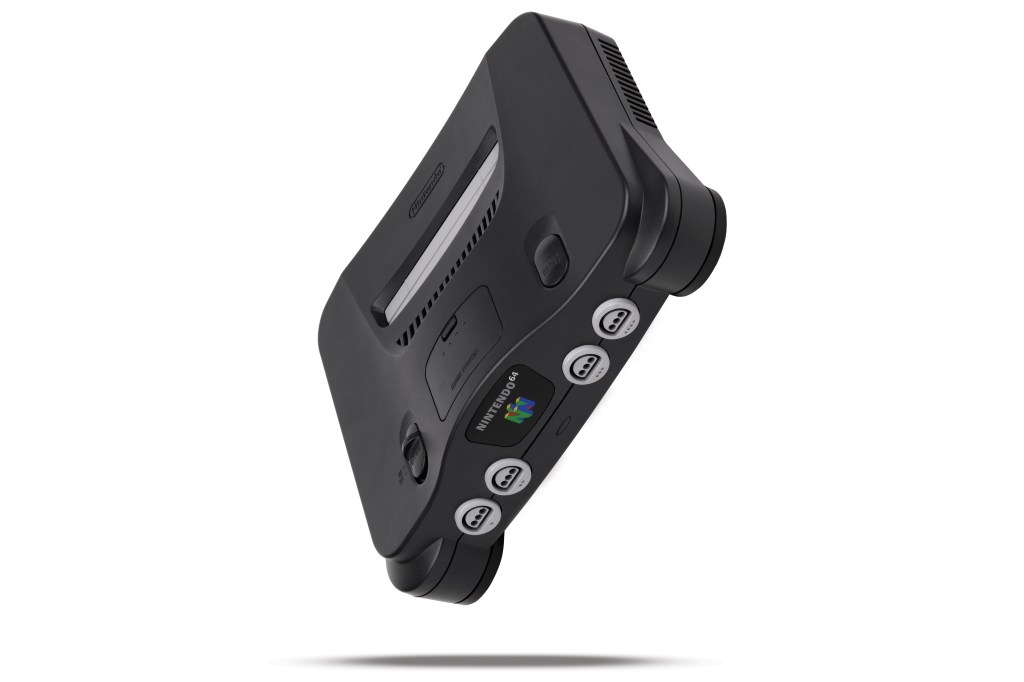
Nintendo 64 (1996)
The mid-1990s upended the world of games. The PlayStation came first, with a slew of 3D titles, and repositioned gaming as something that wasn’t just for kids. The N64 was actually held back to strengthen the launch lineup – and the result was a very Nintendo take on 3D gaming. It was substance over gloss… and the games selection was more diverse than detractors would admit, mixing up Super Mario 64 and Mario Kart 64 with blazing-fast racer F-Zero X and sublime console-optimised shooter GoldenEye 007. Sales never matched the PS, yet the N64 proved that Nintendo being Nintendo still worked in the next-generation scrap for gaming supremacy.
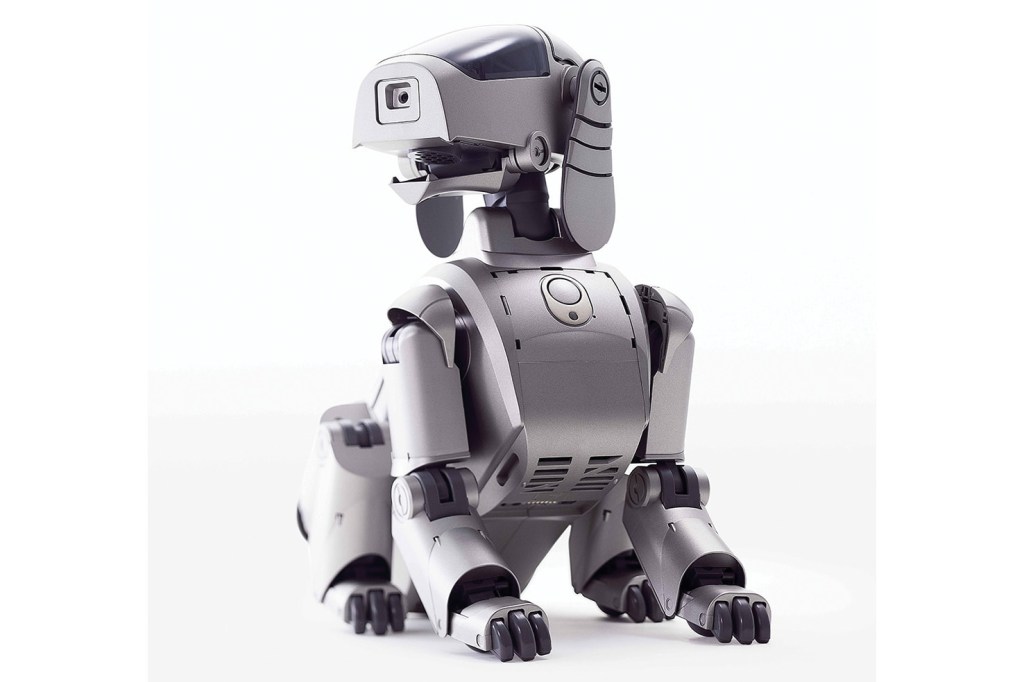
Sony Aibo (1999)
Years before Boston Dynamics ruined the idea of robot animals for everyone, Sony’s geeks reasoned it would be a good idea to fashion a metal pooch. Only theirs was cute, rather than terrifying – at least once they ditched the two extra legs from the early prototypes. A few years later a commercial incarnation wowed the world, with a lucky few delighting in taking their chum from puppyhood to adult dogdom.
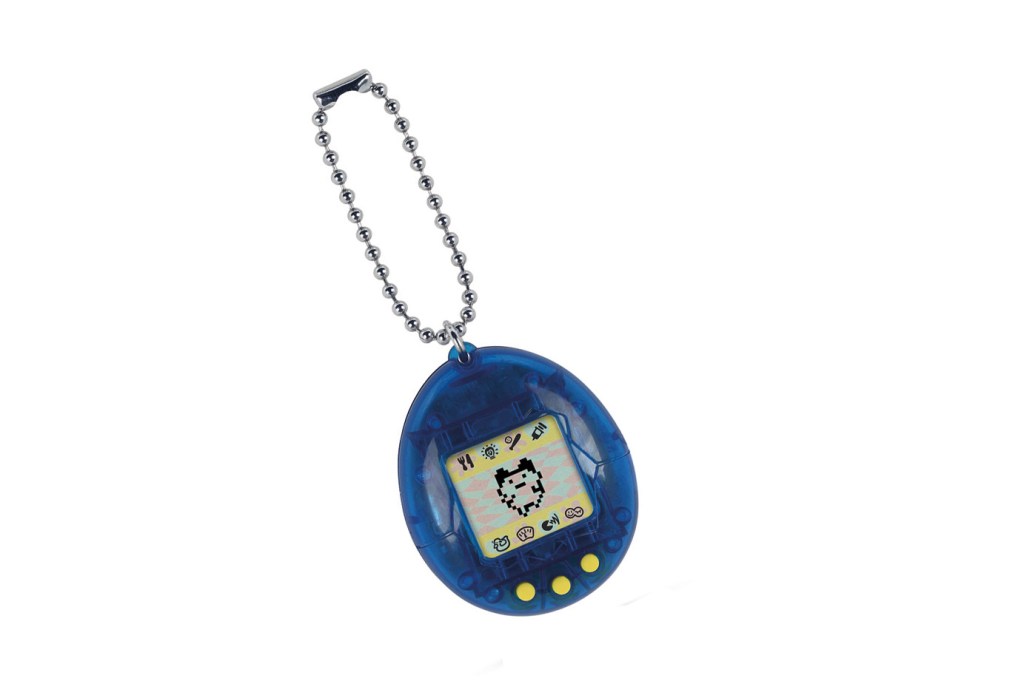
Tamagotchi (1996)
Back in the mid-’90s, people weren’t so obsessed with phones. They were obsessed with tiny virtual pets on keychains, which is obviously much better. Effectively an LCD game, owning a Tamagotchi had you hatch a digital critter and then try to keep it alive, entertained and healthy. This often involved cleaning up pixelated poop and questioning your life choices.
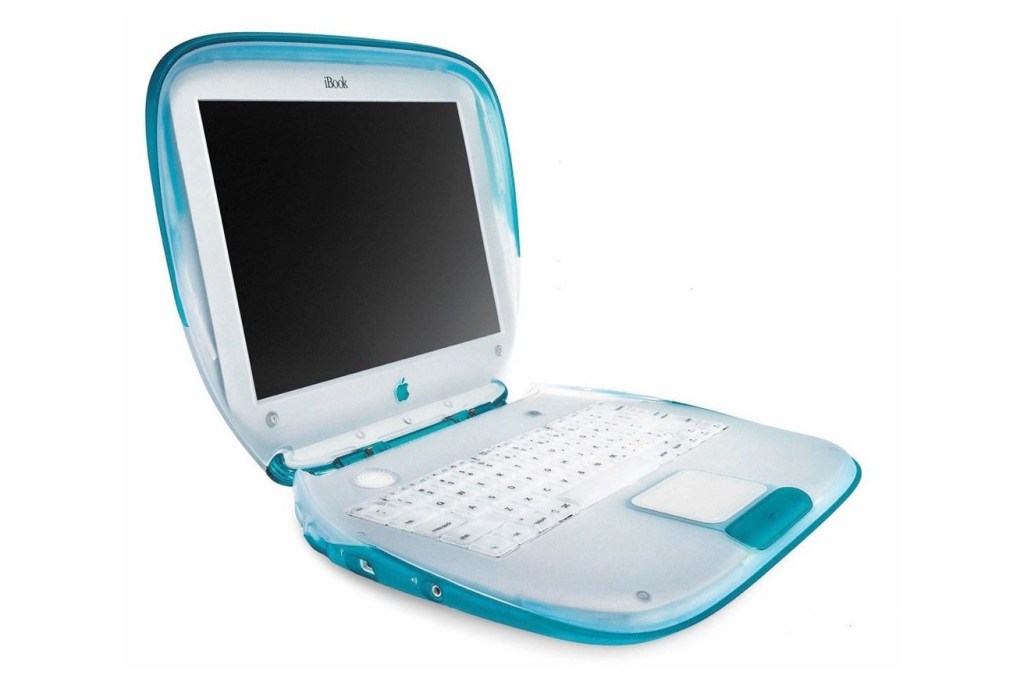
Apple iBook G3 (1999)
This laptop looked like a meeting between an iMac and an anvil. And although its appearance was dismissed by some as juvenile, they should have taken a look inside first. The iBook was a powerful laptop… and an early example with built-in Wi-Fi.
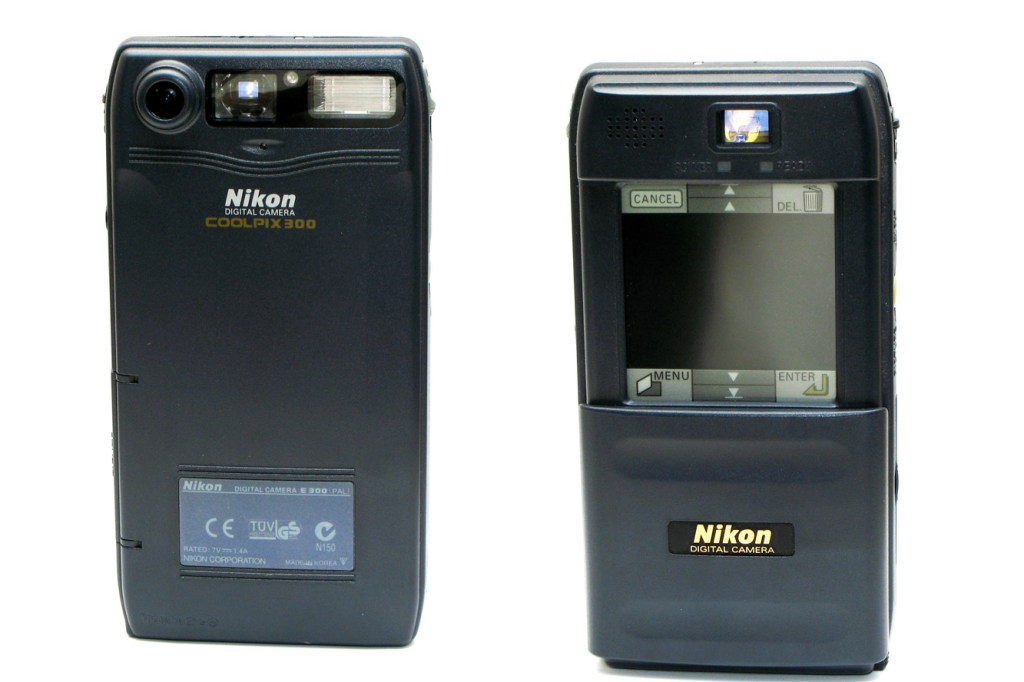
Nikon CoolPix 300 (1996)
This one almost felt more phone than camera. And there was a party going on round the back: a covered touchscreen could be used to frame shots and scribble all over your 0.3MP images. Alas, Nikon’s ‘Personal Imaging Assistant’ concept was soon ditched.
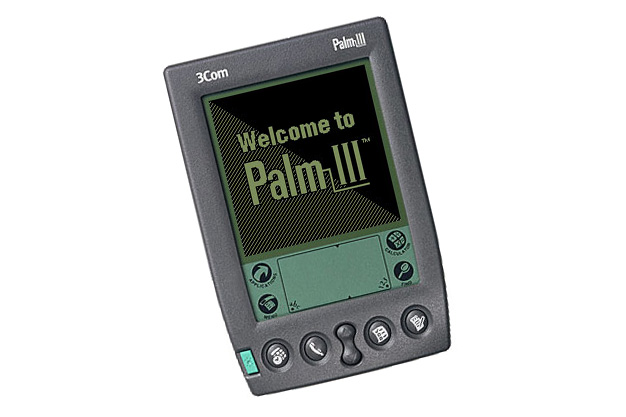
Palm III (1998)
The Apple Newton banged the PDA drum first (with Apple’s CEO John Sculley coining the term), but it was Palm’s gadgets that pleased punters. With this third iteration, the touchscreen got a backlight and four shades, while IR let you blast info at other PDAs.
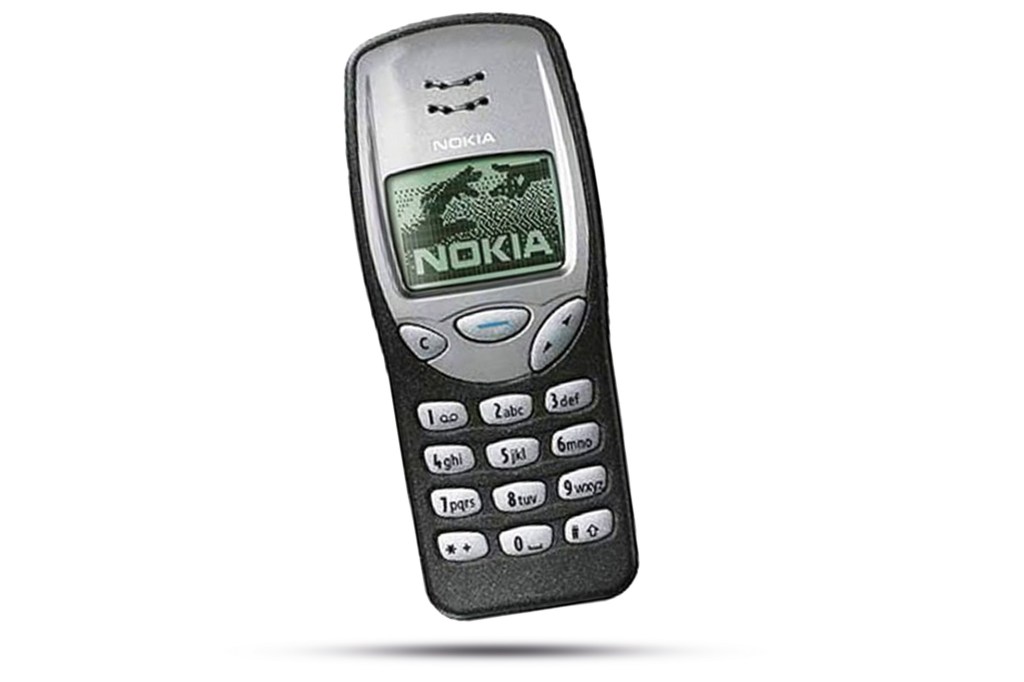
Nokia 3210 (1999)
As Prince was preparing to party like it was 1999 – because it was – Nokia realised young people liked phones. So it distilled existing quality tech into a form that would appeal to the masses. There was no external antenna poking out. You could do your own ear-splitting ring-tones. And the price was low. Most importantly, you could swap fascias for crappy ones bought from market stalls.
Pioneer DVL-909 (1998)
In the early days of the shiny disc era, there was lots of bet-hedging going on while format wars shook out. This box wanted you to stop worrying about all that. It’d play anything: CDs, LaserDiscs, DVDs, even Video CDs – and it was multi-region.
Apple iMac (1998)
With its boldly unique lines and semi-transparent shell, the iMac was a computer you wanted to show off – unlike those beige and bland Windows PCs, which belonged under a desk. But it wasn’t all show: the iMac simplified computing, and saved Apple in the process.
Sega Dreamcast (1998)
Oh, Dreamcast. Sega’s last throw of the dice plopped into an awkward slot prior to the PS2. But for those who loved the House of Sonic, it was a triumph. Perfect ports of Virtua Tennis and Crazy Taxi mingled with innovative adventures like Shenmue.
SNK Neo Geo Pocket Color (1999)
The original Neo Geo was famous for eyewatering cartridge prices. This handheld didn’t net you those games, but did give you a taste of them in portable form along with some third-party hits like Pac-Man and Puzzle Bobble.
2000-2004
The theme of this period was miniaturisation – teeny music players, titchy digital cameras, even a shrunken PlayStation – but Microsoft didn’t get the memo.

Apple iPod (2001)
“A thousand songs in your pocket” – a compelling slogan, in the face of competition from a raft of early digital music players that barely had enough storage to contain Phil Collins’ greatest hits. But Apple also wisely recognised that it didn’t matter how many of your favourite songs a player could hold if you couldn’t quickly get at them… cue the scroll wheel. Rather than forcing you to tap fiddly buttons until your fingers fell off, this ingenious control method had you spin a dial to navigate massive lists on its sizeable screen. And because it accelerated the longer you rotated it, that gave you a fighting chance of getting from Abba to ZZ Top before the battery gave out.
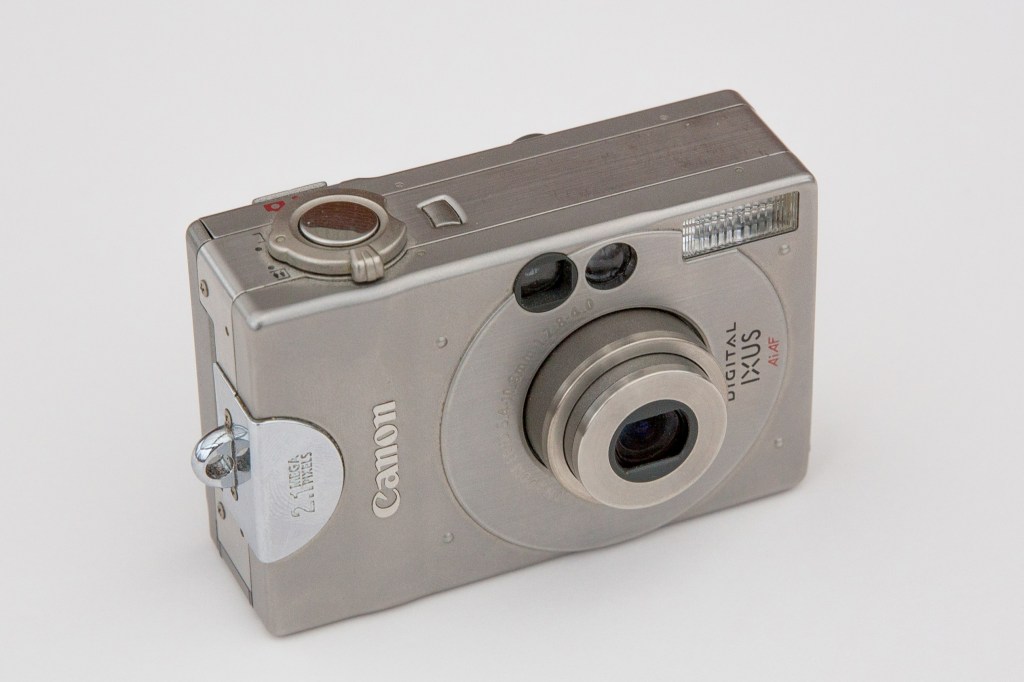
Canon Digital Ixus (2000)
This thing had a bit of an identity crisis, being the Ixy Digital in Japan and the PowerShot Digital Elph in North America. Buyers didn’t care. They just cooed at a tiny digital cam with a durable metal case, and 2.1MP images that were good if not exactly great.
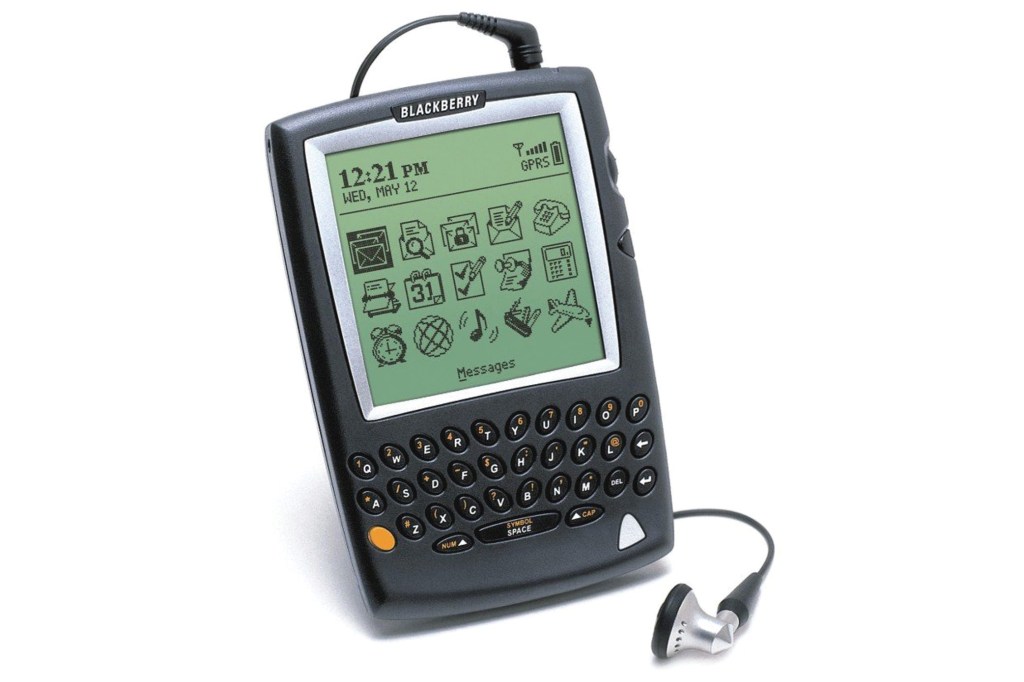
Blackberry 5810 (2002)
Fair play to BlackBerry for predicting that mobiles and PDAs would collide. The 5810 pioneered integrated mobile (even if you needed a headset, because no one thought to give it a mic and speaker). Business users revelled in its email capabilities, and squealed with glee on using the track wheel to navigate. If only BlackBerry had kept pace with its own mobile work revolution.
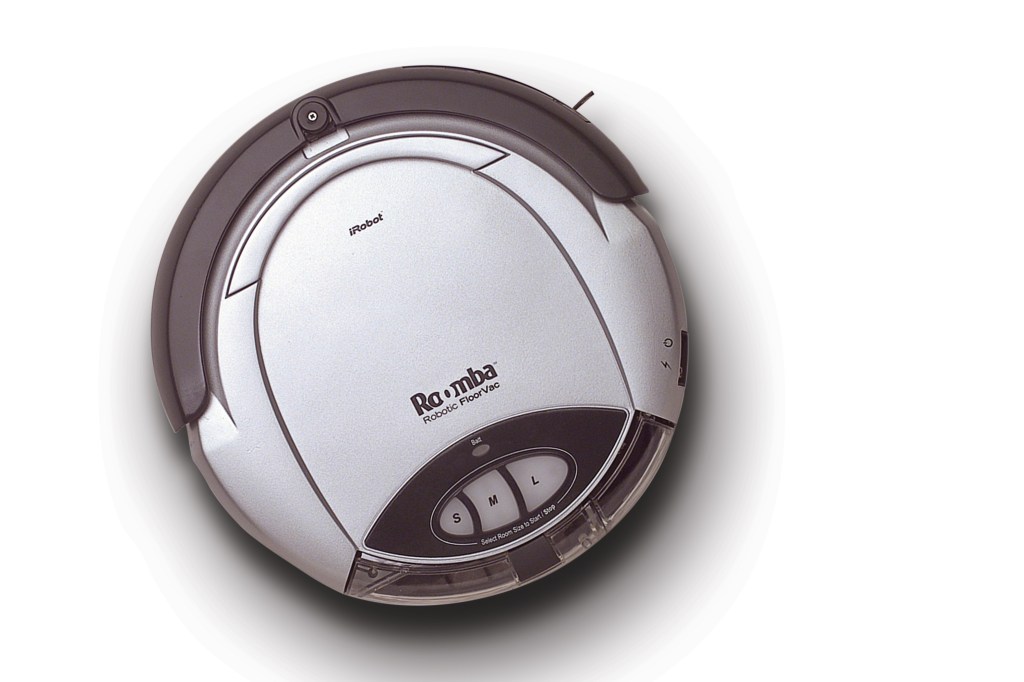
iRobot Roomba (2002)
Classic sci-fi suggests living the dream is being waited on hand and foot by loyal robots. The Roomba didn’t have hands or feet, but did let you laze around while it worked. It was over a decade before a Roomba could map out a room, though, and so this first iteration had you prod buttons to indicate a room’s size and then watch as the little robot pirouetted about like a drunk ballerina.
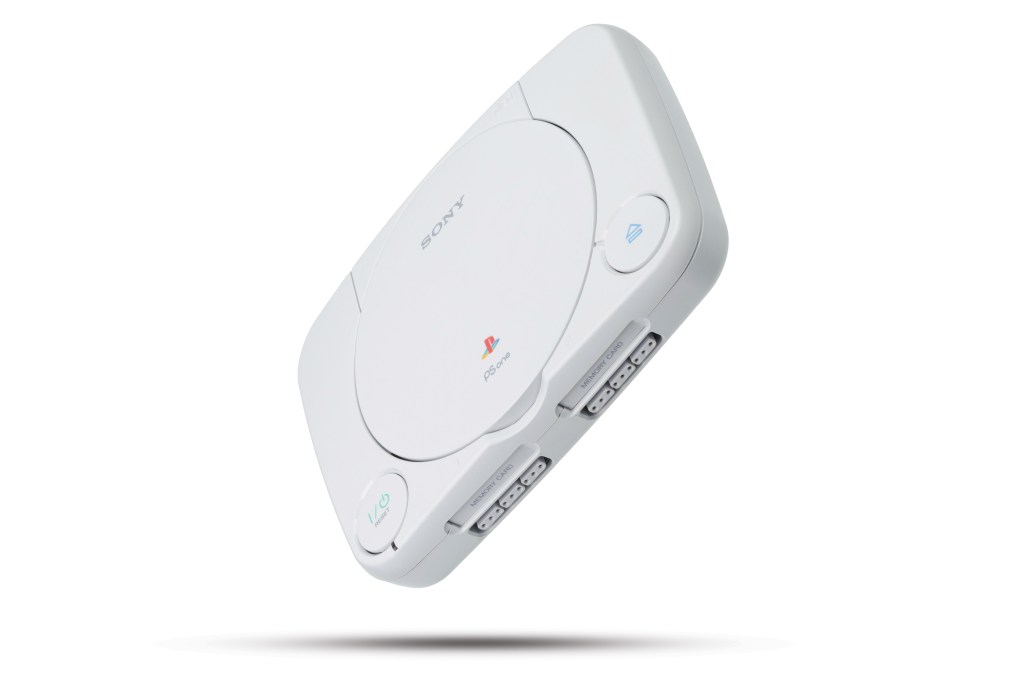
Sony PS One (2000)
The original PlayStation represented a turning point in gaming – where it grew up, became mainstream and, for better or worse, decreed that everything had to be 3D. By 2000 it was past its prime, but Sony recognised the simultaneous draw of nostalgia and bargains, hence the PS One. It was half the size of the original, and was under half the price of the PS2… which it hilariously outsold for months.
Pioneer DVR-A03 (2001)
In these days of streaming media and 64GB drives you can buy for a fiver, it’s hard to remember how exciting being able to burn your own discs was. And this unit gave you options: you could burn rewritable CDs and DVDs using software bundled in the box.
Nintendo Game Boy Advance (2001)
The Color model gave the Game Boy go-faster stripes, but the GBA was a proper revision. It wasn’t designed for 3D but developers coaxed SNES-like games out of it anyway, which sat alongside 2D titles like Super Mario Advance.
Microsoft Xbox (2001)
Rattled at Sony turning the PS2 into a home entertainment hub, Microsoft responded by hammering together bits of PC and plastic until they’d created a monster. Halo 2 certainly left its mark – as did the hulking ‘Duke’ controller.
Nintendo DS (2004)
Two screens? A stylus? Had Nintendo been on the mushroom juice? Nope. In drawing from the classic Donkey Kong Game & Watch, the Nintendo DS dared to be different and forced game creators to design new interactions solely for the hardware.
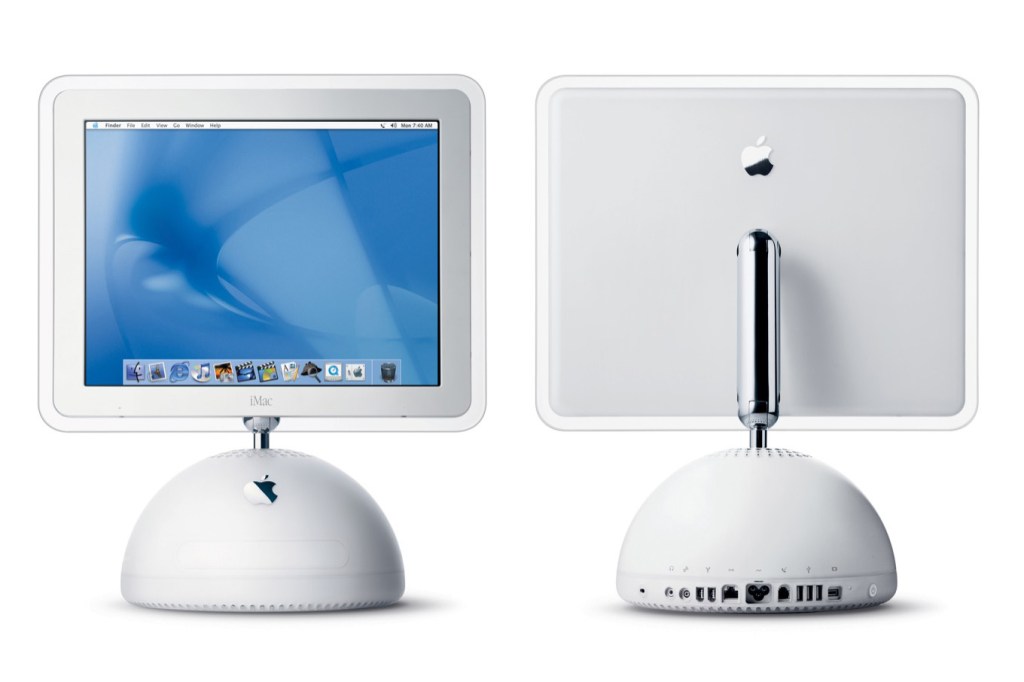
Apple iMac G4
Resembling the Pixar lamp, this was a computer with personality – and usability, since you could position the display just so. Alas, it wasn’t to last. The G5 redesign was a comparatively ugly all-in-one. No iMac has ever felt as alive as the G4.
Motorola Razr V3 (2004)
Early mobiles were like bricks you held to an ear. You felt like an idiot using one. But this was something different. Before long, the svelte flip phone was everywhere – in movies and on TV, outshining the stars – and 130 million of them were sold. Here’s our review of the follow-up, the V3i.
2005-2009
This was the turbulent era when books and DSLRs seemed to be on the run. And then there was the phone that wasn’t a phone, but became almost everything else…
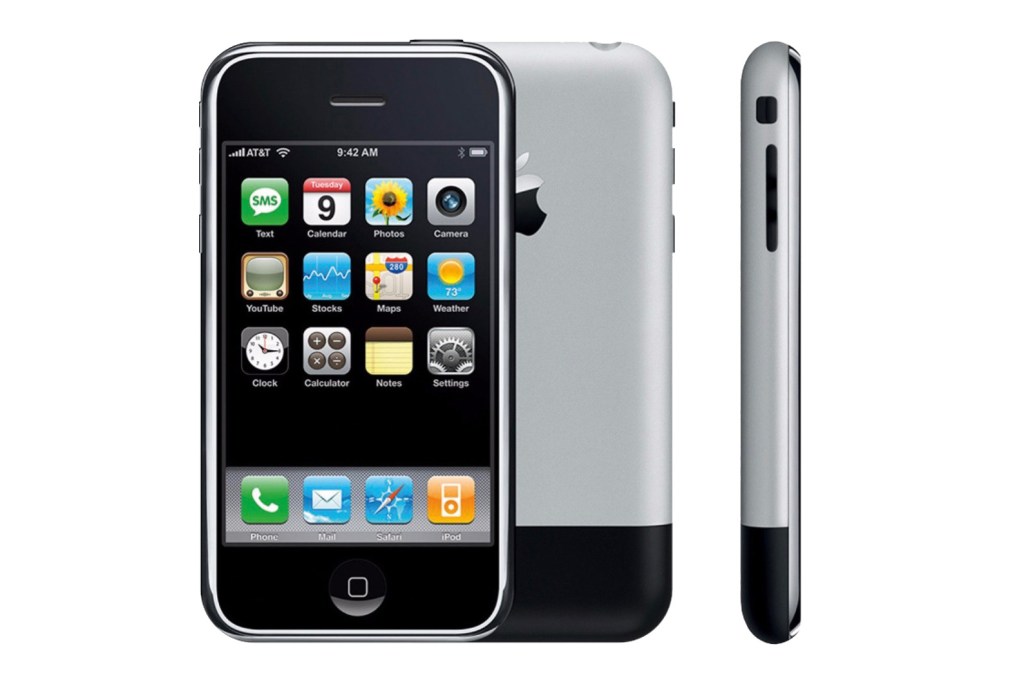
Apple iPhone (2007)
A widescreen iPod with touch controls. A revolutionary phone. A breakthrough internet communications device. You know the drill: these were all one gadget, with which Apple changed the world. The market pointed and laughed; Apple made piles of cash; the market pivoted and pretended it was always going to do the thing Apple just did anyway. Even if you don’t like Apple, it’s hard to deny the iPhone’s disruptive power. It wasn’t limited by a tiny display and a cramped keyboard best used by people with pointed fingertips. It ‘became’ the app you launched – and within a year, the App Store meant there were many thousands of those.

Sony Ericsson K800i (2006)
By the time this chunky number arrived, it was obvious mobile phones were far more than just, well, phones. This one was all about photography. It had the Cyber-shot branding, designed to draw attention to the whopping 3.2MP rear snapper. A fancy xenon flash, autofocus, red-eye reduction and image stabilisation kicked off a race for mobile camera supremacy that will never end.
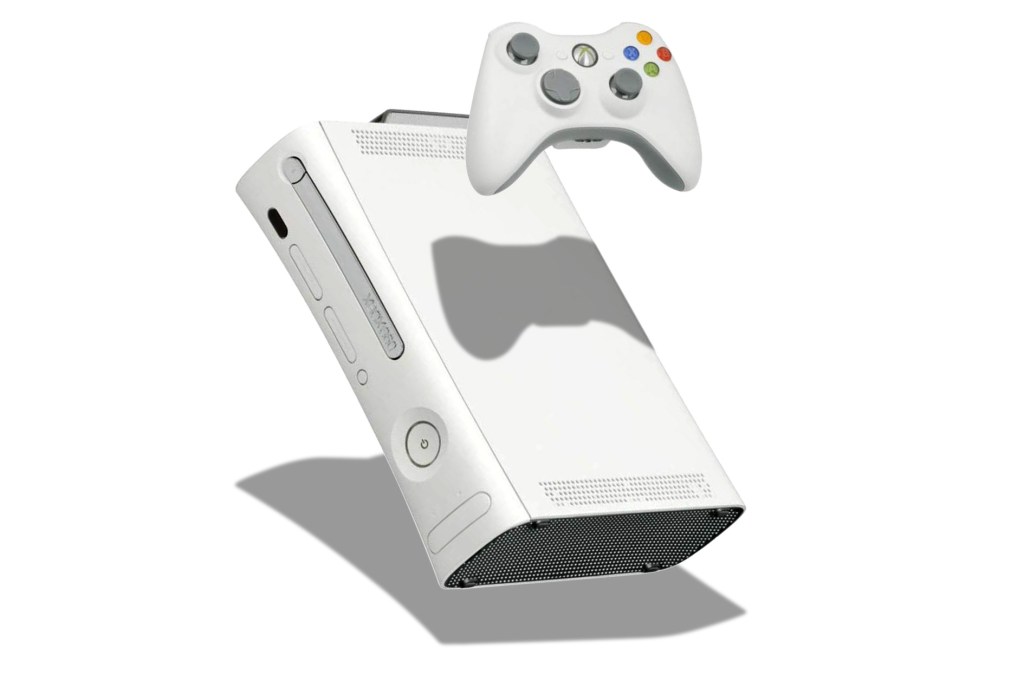
Microsoft Xbox 360 (2005)
While it didn’t sell by the billion, Microsoft’s seventh-gen console mattered. It had corking early titles like Project Gotham Racing 3 and Gears of War, and strongly promoted online gaming through Xbox Live. Halfway through the Xbox 360’s commercial life, it also got a boost from Kinect, which attempted to turn players themselves into controllers. Given where VR’s heading, that was prescient.
Apple MacBook Air (2008)
This slimline laptop was pulled out of an envelope during its debut, demonstrating that it was so thin you could barely see it side-on. Yet again, detractors chuckled at Apple’s latest underpowered disaster… but yet again, they were proved wrong.
Bowers & Wilkins Zeppelin (2006)
Although rivalling the size of an actual Zeppelin, this iPod speaker did the business back in 2006 and embarrassed almost the entire rest of the market. It looked freaky and its innards gave the little player’s output plenty of oomph.
Amazon Kindle 2 (2009)
The original Kindle was an oddball, with a miserable keyboard and a crappy navigation system. And it never went beyond the USA. The Kindle 2 did, though – and this was a sleek device that could store 1,500 books and even read them out loud for you.

TomTom Go 910 (2006)
Before TomTom, the average car driver got lost on 57% of journeys. Probably. Anyway, this feature-laden TomTom made us grin from ear to ear at the time. Its specs look almost cute today: 4in 480×272 display, 20GB hard drive, audiobook playback. But this was the business in 2006, even giving you traffic warnings and MP3 playback so you could play – ironically – Highway to Hell.
Nintendo Wii (2006)
Ha-ha! Stupid Nintendo and its underpowered Wii console, with its weird controllers that looked like white-painted NES gamepads. Except no. While ‘hardcore gamers’ mocked, everyone else was having too much fun playing insanely enjoyable Wii games together.
Apple TV (2007)
Originally named iTV and hastily renamed due to legal threats from ITV, Apple’s telly box quickly won us over. Geeks griped that it did little more than stream iTunes content. But it was easy to use – ideal when you’re done braining for the day and plonked in front of the telly.
Panasonic Lumix DMC-G1 (2008)
With its compact design, this mirrorless pioneer made heads turn among the DSLR community. The promise of 12MP snaps might not sound amazing today, but they were great at the time – as was the 3in articulating rear screen with live view.
Topfield TF5800PVR (2006)
This PVR had twin tuners, so you could record two shows off the telly and watch a third. But the best bit was that you could customise everything. TAPs – Topfield Application Programs – made it viable to replace the player’s entire interface.
2010-2014
Here’s when people started hooking up their entire lives to the web, and relying on network connectivity for their heating and lights to function. It worked, usually…
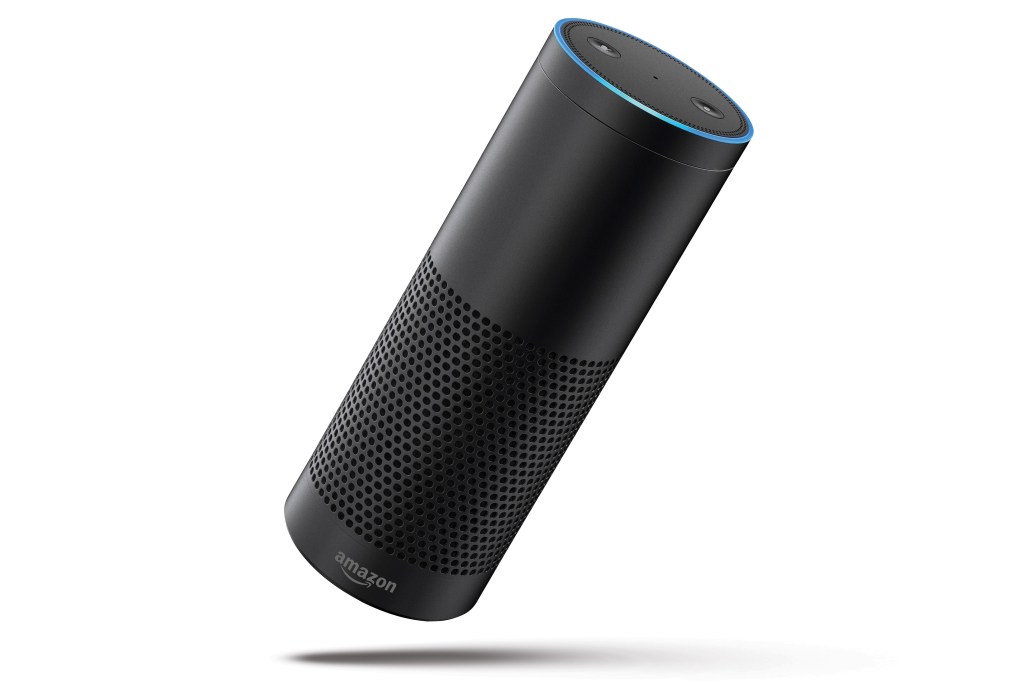
Amazon Echo (2014)
The current Echo looks almost cute – a wee blob of a speaker. Not the original: that severe cylinder screamed ‘tech’ with its industrial form. And it initially felt dystopian in other ways, with Alexa always listening – and responding to your commands in its uncanny not-quite-human voice. Well, convenience won out. The prospect of pressing buttons on a speaker (or your phone) to cue up music felt like the Stone Age when you could bark at an Echo, whereupon it would sometimes even play the thing you asked for. And since you could add new skills, it became essential for everything from filling a shopping list to resolving arguments about ELO lyrics.
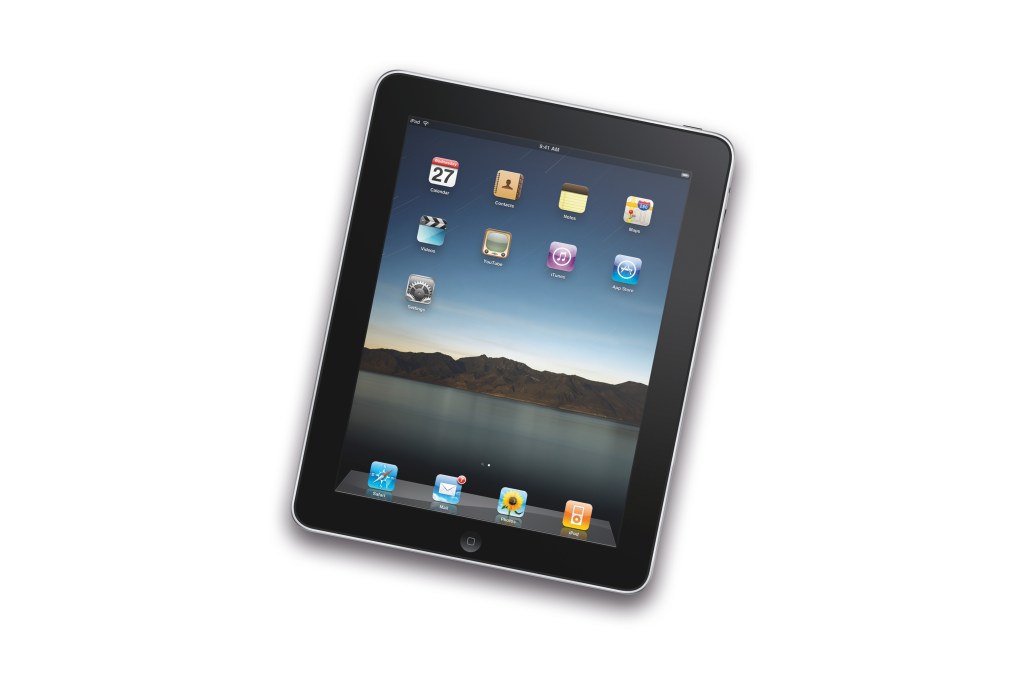
Apple iPad (2010)
“It’s a giant iPhone!” cheered Apple fans on the iPad’s reveal. “It’s a giant iPhone!” scoffed detractors. Whichever side of the divide you’re on, it’s hard to deny that this was a gadgety gamechanger. By giving people a larger canvas and encouraging a diverse, ambitious app ecosystem, Apple turned the iPad into a playground for everyone from visual artists to serious scientists.
Raspberry Pi (2012)
Computing had become all about sealed boxes – a stark contrast to the tinkerer vibe of the ’80s. The Pi was determined to change all that. A single-board computer, sold at pocket-money prices, it allowed anyone to have a go. And follow-ups only got cheaper and better.
Philips Airfryer (2010)
Fried food gets a bad rap – mostly because it’s out to make your innards scream. That changed in 2010, with claims from Philips that were more than hot air… although they were about hot air, which its gadget used to fry food with less fat and in less time.
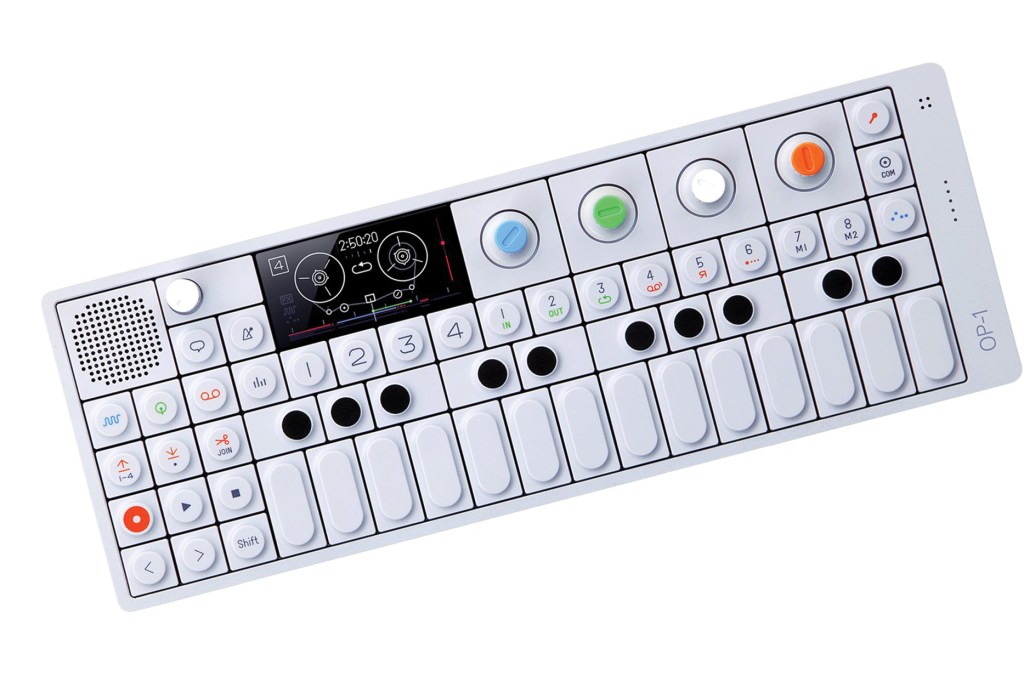
Teenage Engineering OP-1 (2011)
Having spent north of 700 quid, you might have been unnerved to find this synth looked like a toy. But Teenage’s debut was meant to break conventions. Inspired by a 1970s Casio number that combined a keyboard and a calculator, the OP-1 piled on the personality and madness with bonkers effects and ear-monstering sound. It was joyous.
Fitbit Flex (2013)
Fitbit’s first ever wrist-worn tracker was minimalist to an extreme. Instead of a display it had five white LEDs, each representing 20% of your daily steps goal. An app would let you see full stats, and the tracker would last five days between charges. Take that, Apple Watch!
Philips Hue (2012)
We’re not sure how much three conventional light bulbs cost in 2012, but we’re pretty certain it was less than this cost. Still, Hue caught the imagination of geeks keen to avoid the torture of having to flick a switch to turn on a light, letting them revel in riots of colour. And it was one of our Gadgets of the Year.
DJI Phantom 1 (2013)
“You can fly your Phantom the moment you receive it.” Those words changed everything, opening the joy of drones to all, rather than just DIY geeks who were OK with their gadgets occasionally falling out of the sky.
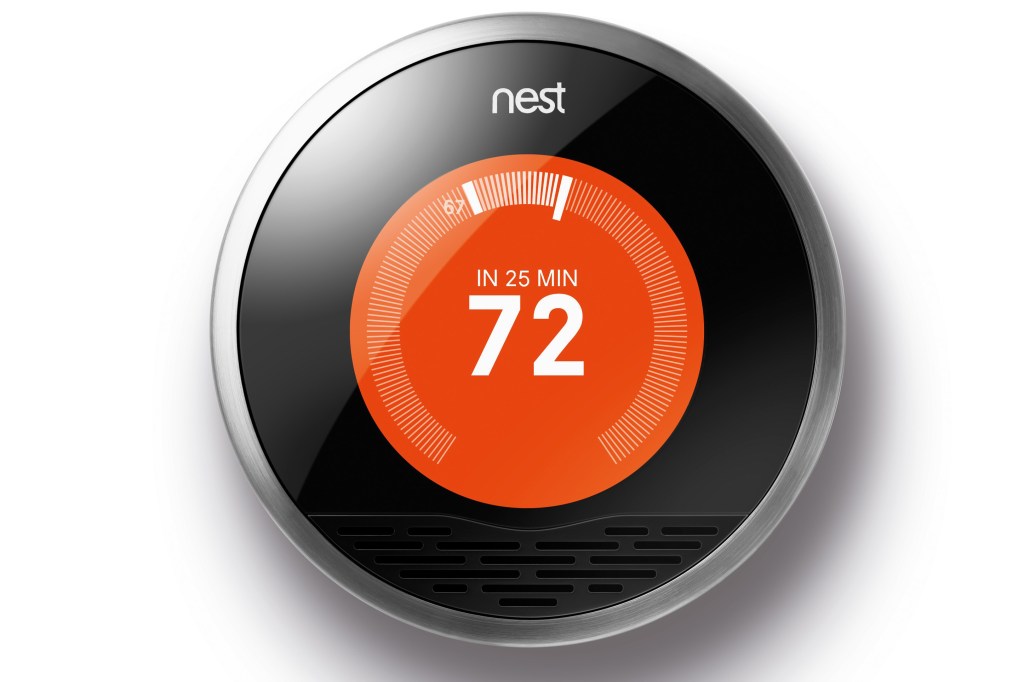
Nest Thermostat (2011)
Many homes still lack control over their heating beyond a few daily triggers for turning it on and off. Which is bonkers when Nest has been around for over a decade. From the off, it could learn from your routines and automatically adjust your heating to suit. Plus it looked fantastic, you could fit the thing yourself, and if you were trudging home in the cold you could fire up in advance.
Samsung Galaxy S II (2011)
Thinner. Lighter. Faster. Better. That sums up this Android flagship, which propelled Samsung to the top of the smartphone heap. The S II might seem comically small today, but back then a 4.3in screen was a marvel – as was the 8MP camera.
Sonos Play:1 (2013)
While the Play:1 might have been intended as a gateway drug to a whole Sonos ecosystem that could drain your bank account, that backfired… because this speaker was so good you didn’t need anything else. Except maybe another Play:1 for stereo.
2015-2019
Tech everywhere – screens on your face, notifications on your wrist, cameras on your front door – but at least you could shout at your telly’s remote control.
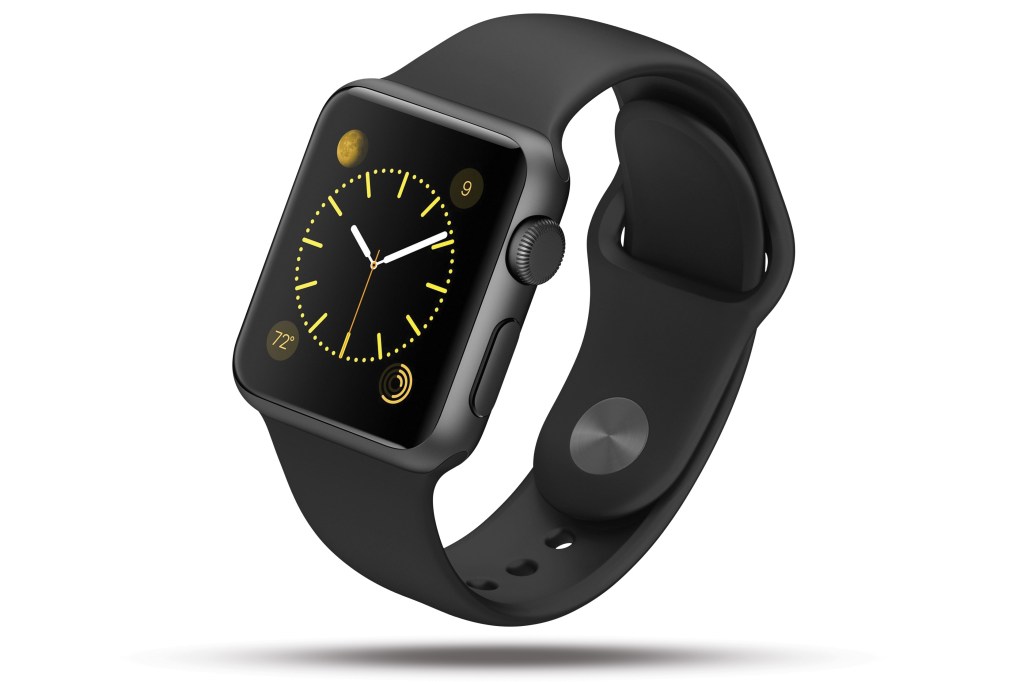
Apple Watch (2015)
Given how chunky the first Apple Watch was – and it’s not like the current iteration is a svelte number either – it’s strange to recall that it was envisioned by Apple design head Jony Ive as a fashion piece. One edition was even released with an 18-carat gold case. It cost as much as a small car. Quite a lot of ridicule later, everyone had calmed down, and Apple’s wearable had not found its place on the catwalk. Instead, it became an indispensable aid to millions of people’s wellbeing – mostly as a fitness tracker, but also in offering notifications. Sometimes it would manage both, tracking your latest attempt to get fit while ensuring you wouldn’t miss the end of an eBay auction.
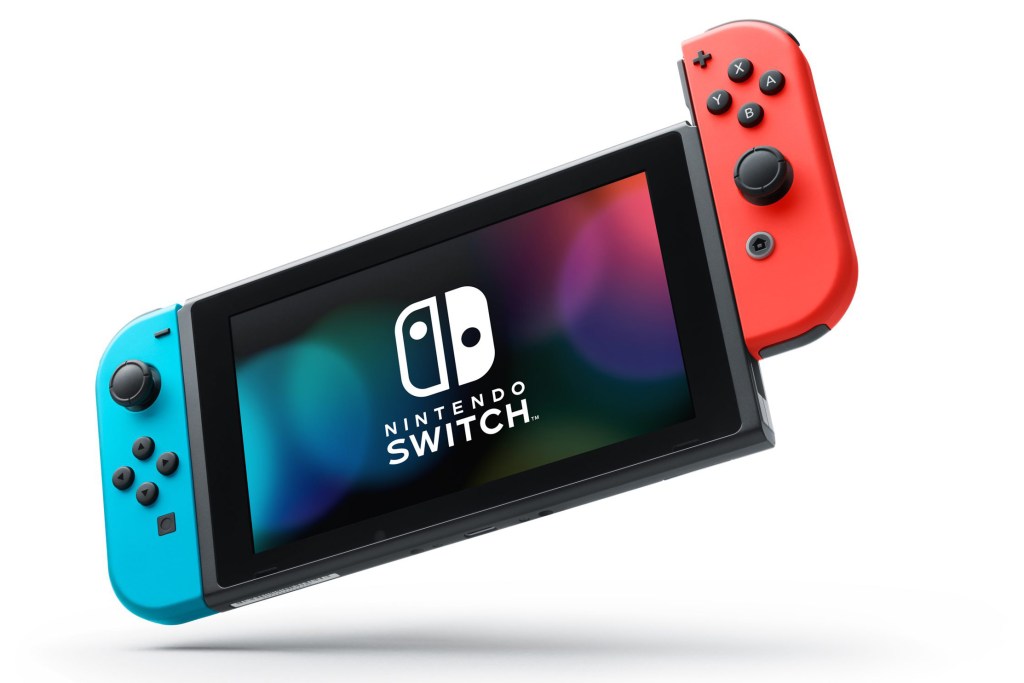
Nintendo Switch (2017)
After Nintendo stumbled with the Wii U, which awkwardly attempted to straddle TV and portable gaming, all eyes were on its successor. Pundits argued the Switch was a solution looking for a problem, and said gamers wouldn’t compromise with an underpowered console just so they could use it on the move; 125 million sales later, Nintendo’s detractors had Yoshi egg on their faces.
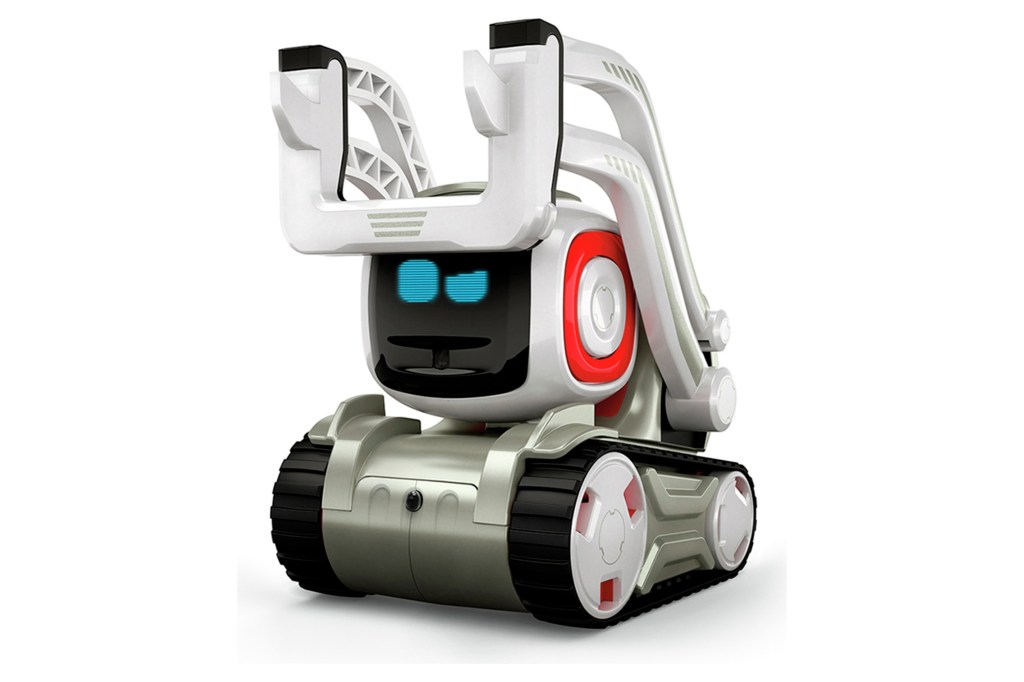
Anki Cozmo (2016)
This robot was in theory an educational toy for kids, but we quickly decided it was a valid choice of desktop toy for geeks (ignoring the ‘8+’ on the box). Like an adorable combo of Wall-E and a forklift truck, Cozmo would zip around like an energetic plastic puppy, burble away as you played games to expand his abilities, and only occasionally pound on your finger or frenziedly attack an iPad.
Amazon Fire HD Kids Edition (2015)
Every time you handed a tablet to a child, you risked a rapid meeting between glass and floor… until Amazon put out the Kids Edition of its Fire HD tab. The specs were nothing special, but the almost indestructible chunky case was.
Oculus Quest (2019)
The problem with virtual reality was it too often ran into actual reality and snared you in a tangle of wires. But the Quest was a standalone package. Stick it on your bonce and you could lose yourself in genuinely excellent, fully immersive games.
Amazon Fire TV Stick With Alexa (2016)
The original Fire Stick looked like a flash drive you plugged into your TV. It was dull and idiot-proof… yet powerful, with loads of apps and 1080p playback. But things really came good with this upgrade, which included a voice remote.

Ring Doorbell 2 (2017)
Ding-dong! Ring kicked off a line of gadgets that would forever get their owners evils from their neighbours. The second-gen video doorbell ramped up the footage to 1080p and had other good stuff, like motion detection, a live feed, and being able to run off a rechargeable battery rather than needing hard-wiring into the mains. And the camera part looked like a dinky HAL 9000.
Sphero RVR (2019)
Having created the Bolt, a ball you directed with an app, Sphero unleashed the RVR. The all-caps name suggested it meant business, as did the massive treads that let it power along outdoors. Best of all, you could delve into coding to make it flash its lights and talk.
Apple AirPods (2016)
The headphones that came with the original iPod were memorably integrated into ads, appearing atop silhouettes of people dancing. The follow-ups used similar design language, but ditched the cable. The result: musical electric toothbrush heads.
Apple iPad Pro (3rd Gen) (2018)
Instantly making every previous iPad look obsolete, the 2018 Pro went all-screen. With the home button gone and uniform bezels around the display, it felt for the first time like an iPad fully became the app you were using. Of course, it was absurdly powerful.
Microsoft Surface Book (2015)
We’re not sure Microsoft set pulses racing during the Surface Book reveal by likening it to a clipboard. And it was a strange analogy to use, given that this 2-in-1 was interesting and bold. It was a joy to use, in fact.
2020-2023
If everything’s boring these days, if tech firms never do anything new, how come there’s now a handheld PC that plays AAA games – and another games machine with a hand crank?
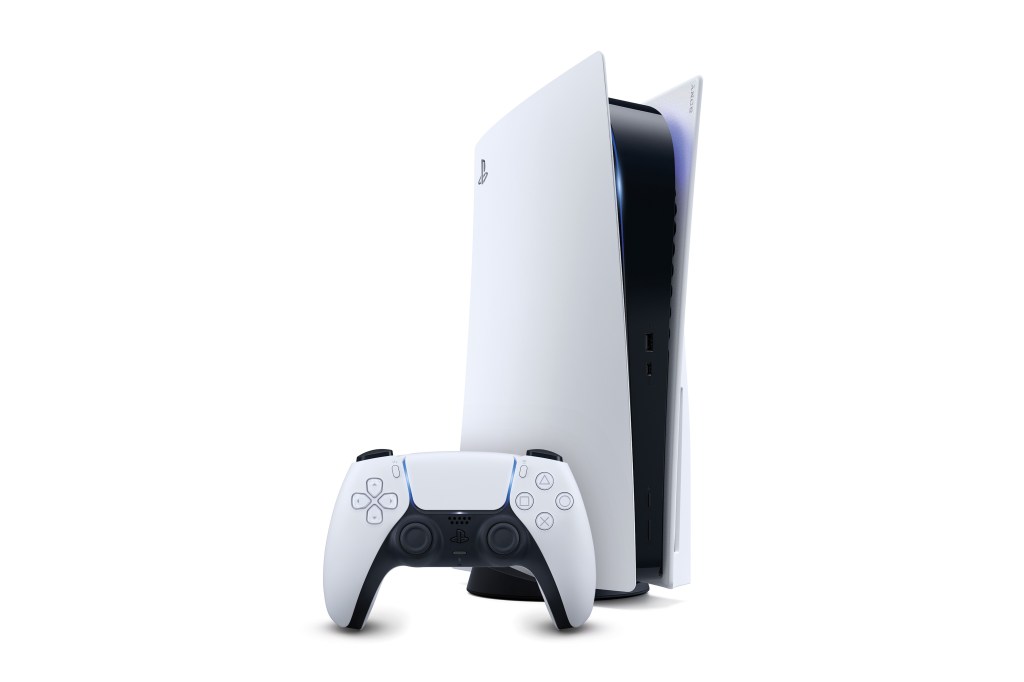
Sony PlayStation 5 (2020)
“Look at me!” screamed the PS5 on its debut, presumably in response to its three predecessors all being dreary black boxes (one of them resembling a grill). And the PS5’s striking design was matched by its innards, which blazed a trail to the future of home gaming. Like Microsoft’s Xbox Series X, the PS5 was a powerful gaming PC that came to the market for a fraction of the price, but intended for use with a telly and with other actual humans present, rather than hiding away in a darkened room. The games looked gorgeous and still do, reaching 4K at 120fps. The loading times were also next-gen, courtesy of Sony opting to shove an SSD into its bizarre-o-box.
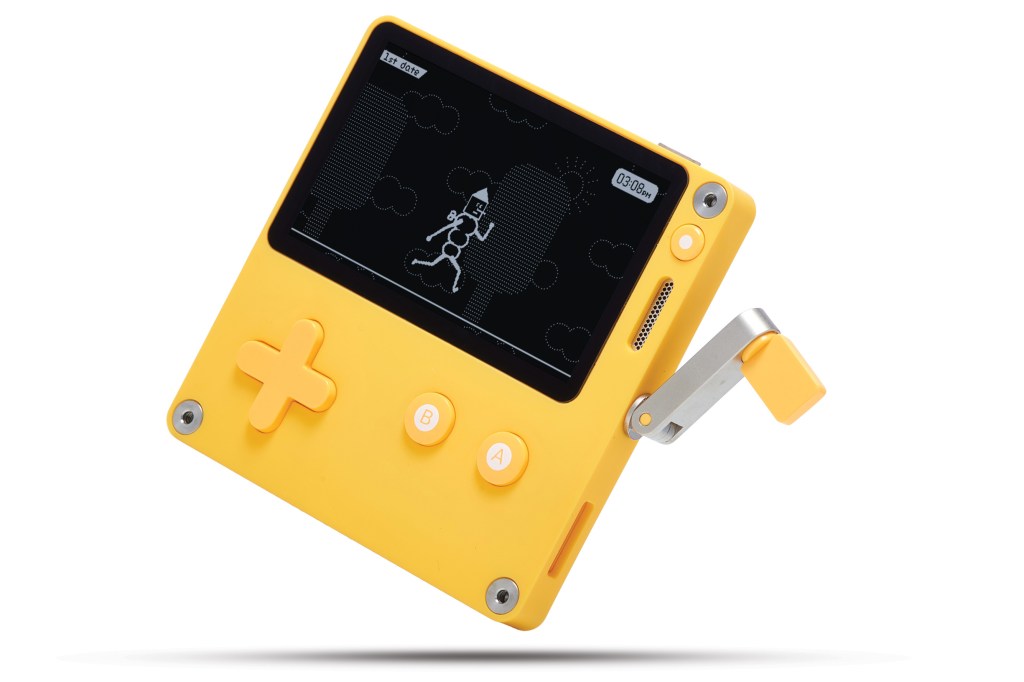
Panic PlayDate (2022)
Nintendo’s boffins have done some weird things with consoles, but even they never attached a crank to a handheld. Panic’s diminutive yellow oddball cleverly created a new way to interact with games, which were displayed in glorious 1-bit. In an era of 4K ultra-realism, that made the Playdate feel like the indie craft beer of gaming. If you managed to brave the months-long wait, it felt like nothing else out there.
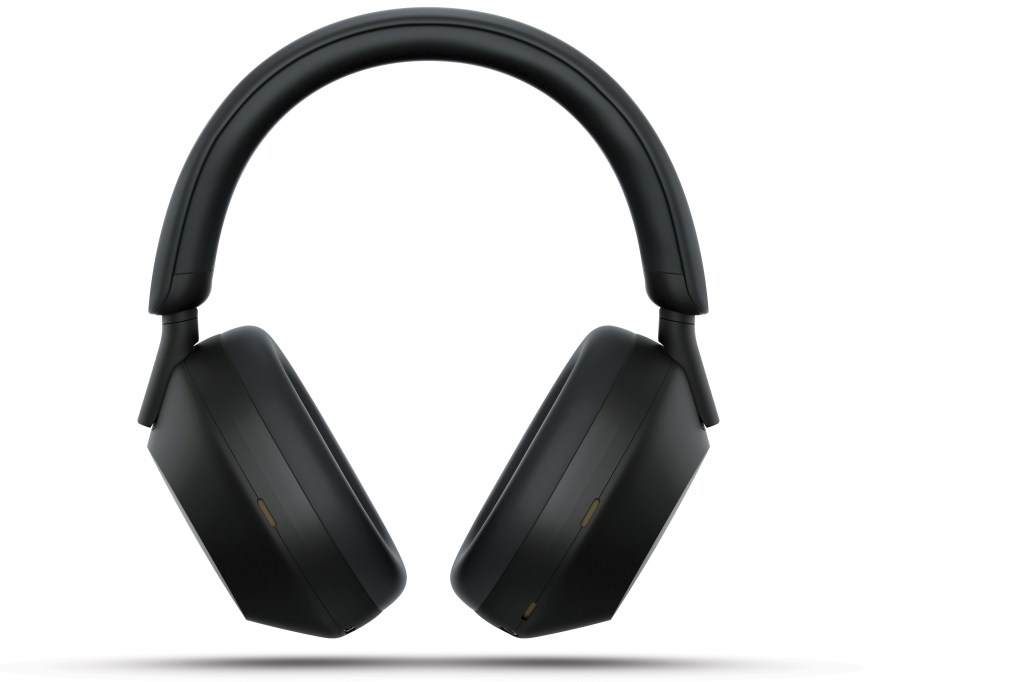
Sony WH-1000XM5 (2022)
We love any Sony product with ‘1000XM’ in the name – but these cans surprised even us. They were smoother and lighter, and comfy enough to get you through an entire Pink Floyd song without your ears hurting. They sounded superb, blasting tunes with clarity while you tweaked the ANC to suit your environment – ideal for when you don’t want flat sound, nor to be flattened yourself by an unexpected bus.
Raspberry Pi 400 (2020)
There was a blast of nostalgia when we got our hands on this compact beauty, which shoved an entire computer inside a keyboard. Like a modern-day take on an 8-bit home micro, it let you tinker, making lights power up and weird little things go BING
Apple MacBook Pro (M1 Pro) (2021)
In 2020, Apple’s M1 chip offered eye-popping specs that terrified the competition. Sadly, the 13in MacBook Pro hardware brought little else of note… but 2021’s Pro was a worthy update for Apple’s blistering silicon.
Google Pixel 6 Pro (2021)
Google’s Pixel phones haven’t always got the balance right when juggling specs and affordability. But the Pixel 6 Pro nailed it. This blower looked fantastic, with a distinctive camera bar that housed a top-notch trio of smart snappers.
GoPro Hero11 Black (2022)
This action cam looked identical to its predecessor, but a revolution was going on inside. Reasoning that the days of defaulting to 16:9 were long gone, the Hero11 went for an 8:7 aspect ratio, letting you crop footage for everything from TikTok to Insta.
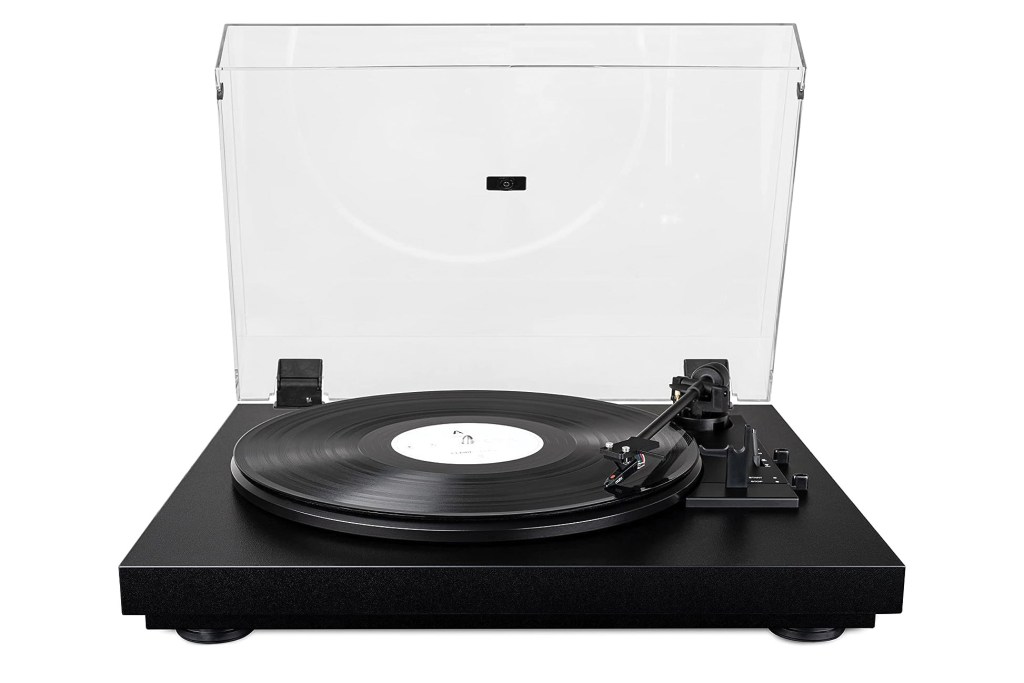
Pro-Ject Automat A1 (2022)
You might consider yourself a bit of an audiophile, and spend long evenings caressing a disturbingly large stack of records. But you might not be keen on faffing. The Automat A1 deftly catered for anyone living at that intersection of vinyl adoration and convenience fervour: it looked and worked like a high-quality record player, but the controls let you simply plonk down your vinyl and relax.
Samsung Galaxy S23 (2022)
For many people, Samsung took the smartphone crown from Apple some time back… and the Galaxy S23 continued its run with superb performance and a camera system to make ‘real’ photographers drool (never mind the over-hyped 100x zoom).
Valve Steam Deck (2022)
Various firms have flirted with handheld gaming PCs; but Valve casually booted them all into touch with the Steam Deck. It made it a cinch to take your Steam games on the move and gawp at them by way of the (relatively) huge 7in display.
DJI Mini 3 (2022)
You might have narrowed your eyes on hearing that this ‘budget’ DJI drone cost $500/£500, lacked obstacle-dodging smarts and couldn’t follow you while filming. But that vanished when you realised it weighed under 250g, so you could fly it virtually anywhere.

